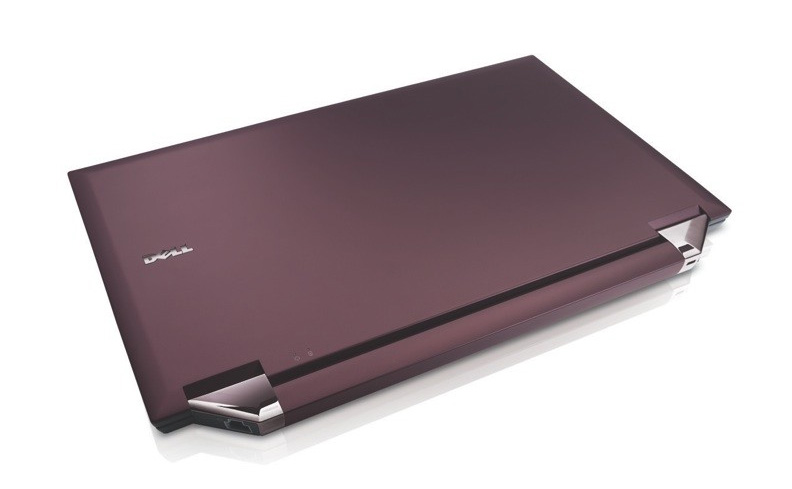
SanDisk is looking to keep its momentum in going in the iPod-dominated media player market by introducing two new units designed to hit the iPod where it hurts—wireless capabilities and big-screen video playback.
The Sansa Connect is a Wi-Fi enabled portable digital music player which enables users to access and recommend music and photos from anywhere they can get wireless Internet access, along with tapping into music subscription ervices and streaming Internet radio. The Sansa Connect is built around mobile entertainment technology from Zing so users don’t have to use a PC to manage mobile music options.
“The Sansa Connect is a new music experience focused on convenience, instant gratification and social connections,” said SanDisk’s Eric Bone, in a statement. “It’s about accessing music of your choice wherever you are. If you’re listening to new songs from a music service and find ones you want to keep, you can bring them into your library and don’t have to wait until you get back to your PC. If you want to tell your friends about your discoveries, the Sansa Connect will also allow you to share music suggestions over the Web—anytime, anywhere—over an open wireless Internet network.”
The Sansa Connect will enable users to access or purchase content through “premium” Internet-based music services: SanDisk hasn’t said which services will be accessible, but given recent history and SanDisk’s recent alliance with RealNetworks, it’s pretty safe to say Rhapsody and PlaysForSure services are in and iTunes and the Zune Marketplace are out. The Sansa Connect also sports a microSD expansion slot, supports WMA and MP3 audio, a 2.2-inch LCD screen for managing music and displaying images, a built-in speaker for sharing music over the air rather than swapping gunky headphones back and forth, and a multipin connector supporting “made for Sansa” accessories. Initial Sansa Connect models will sport 4 GB of flash memory and have a suggested U.S. retail price of $249.99 when they hit retailers in March.
Meanwhile, Sansa is entering the mobile video player market with the Sansa View, a slim 8 GB portable video player with a 4-inch LCD display, an SD expansion slot, and AV outputs for putting your video and images up on bigger displays. The Sansa View can display images with resolutions up to 16 megapixels amd claims to offer “DVD-like” video quality. The Sansa View also has an integrated speaker (sure to consume battery life while you crank audio to all nearby—hey, life is about living loud, right?—but at least the Li-Polymer battery is user-replacable) and can combine digital music and photos into a slideshow or presentation display.
“SanDisk is excited to unveil its first portable media device with remarkably rich video capabilities,” said Le Tran, retail product marketing manager for the Sansa View, in a release. “The Sansa View is a sturdy, easy-to-use media player perfect for the road warrior or family looking for a video player that they all can enjoy.”
As well as being a video player, the View is a music player (compatible with Rhapsody, MTV’s Urge, and other PlaysForSure services), and is designed to work with Windows Media Player 10 and 11 (and Windows Vista) to sync content.
Expect the Sansa View to b priced around $299 when it hit U.S. retailers in the first quarter of 2007; the units will also be pre-loaded with movies, shorts, video clips, music and photos to show off their capabilities right out of the box.


